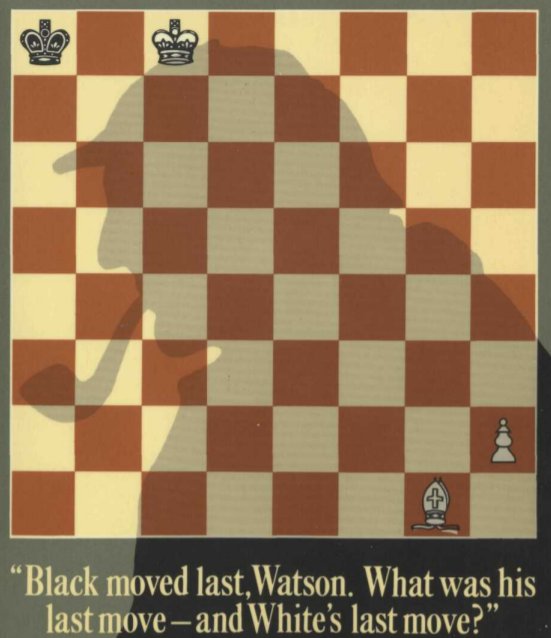Recently I have been singularly focusing on learning the game of chess. Now, like all aspiring chess players, I have been spending some time reading the collection of classic chess books starting with Capablanca’s Chess Fundamentals.
How am I progressing you might ask? Well, I haven’t reached a stage where I could play a 5 min blitz but I must admit I am enjoying the game and loosing my sleep over converting the descriptive notations to the current algebraic ones.
While juggling my time across my day job, learning the nuances of Product management and playing chess I did learn one important lesson: A winning strategy some times requires a calculated sacrifice.
During this time I did find an uncanny resemblance between a Product Manager and a Chess player which happens to be the focus of this article.
So let me list out few interesting similarities and how chess can help us understand the product management mindset.
1. Forcing Moves
Which ever hat you are wearing as a Product Manager, we can all agree that a product manager like a chess player don’t analyze just the immediate goals; They analyze 2-3 iterations ahead like good chess players who analyze 2-3 moves ahead. It’s about keeping a bird’s eye view of the product strategy while having a grounded understanding of the tactical roadmap. Believe me, I am learning this is a fundamental skill to master and is easier said than done.
2. Pawn Sacrifice
One of the very first things that we learn in chess is the relative value of the pieces. What we understand going bit deeper is that you can sacrifice a pawn lower in value to get open lines around the vicinity of the opponent’s king. This can prove to be a game changer. Good Product Managers we realize often make this call. They make sound trade-offs and look at adding incremental values to create a robust product even if it means to let go of a feature that might look appealing but adds less value in the long run.
3. Final Problem
Product Managers like chess players are presented different ways to approach a problem. Rather than following a particular move or a solution, both evaluate all the possible solutions and take the one that is fastest, less risky and the one with the least number of challenges. This is fundamentally important as this helps you justify or stress test why a move is not correct and what can go wrong if you pick a certain solution.
Finally, I leave you my friends with an interesting retrograde chess puzzle (found on the cover of a book) famously put to use by our adorable detective Mr. Sherlock Holmes to challenge his dear friend Dr. Watson.
I did guess the answer partially but still a long way from getting to a reasonable conclusion beyond doubt!

